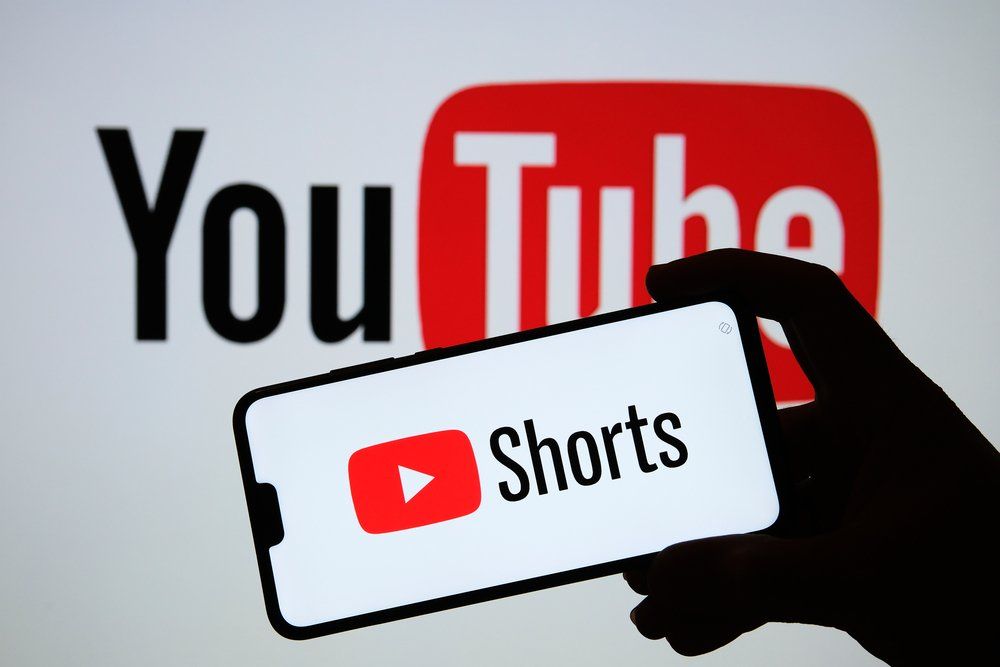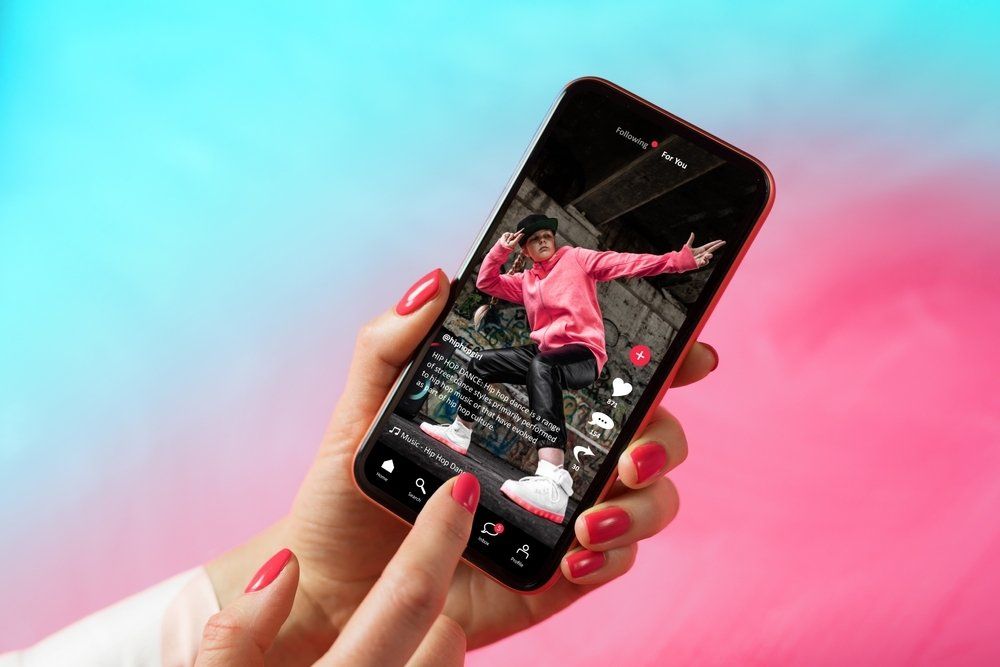An Introductory Guide to YouTube Shorts
An Introductory Guide to YouTube Shorts

YouTube Shorts are new but short-form video isn’t new to marketers. YouTube has released YouTube Shorts in response to the popularity of TikTok.
Another social media platform to put on your radar!
Isn’t it overwhelming to keep up with all the latest social media trends? Here is everything you need to know about YouTube Shorts so that you’re in-the-know.
Trend Alert: Short-Form Video Content
Short-form video has been rising in popularity with Instagram Reels and
TikTok. YouTube is now hopping on the little video bandwagon with their latest release of YouTube Shorts.
Short-form video has a higher ROI than any other social media marketing strategy and
30% of marketers are investing in short-form video more than any other strategy. That’s huge!
What is the Deal With YouTube Shorts?
YouTube Shorts are simply short YouTube videos with a maximum length of 60 seconds. The platform has functionality like music overlays, app based recording and video segmentation. View examples
here.
What makes them different from traditional YouTube videos is that they are mobile-first and are 60 seconds or shorter.
Just like with TikTok, these videos are usually not over produced and arerecorded with a phone.
In March of 2021, YouTube Shorts were fully released in the U.S and immediately averaged 6.5 billion daily views. A short time later, the platform was released globally.
So far, YouTube Shorts have had 5 trillion views. No, that isn’t a typo, views are really in the trillions.
How YouTube Shorts Differ From Other Social Platforms
Unlike Instagram, the videos don’t disappear.
Some brands are having trouble breaking into TikTok because of the young user base and brands targeting an older demographic will likely have more success with YouTube Shorts.
YouTube Shorts is obviously based on YouTube’s platform. YouTube has credibility and the seasoned nature of this app makes it so they face less potential for bans and censorship regulations that platforms like TikTok have dealt with.
YouTube Shorts has robust functionality which includes the largest music library when compared to other platforms.
While Instagram and TikTok only let you save drafts, YouTube Shorts lets you schedule out your posts.
YouTube has an older audience than Instagram and TikTok so it makes sense that brands are predicting they can reach an older demographic on YouTube Shorts than with other channels.
Why Brands Should Pay Attention to YouTube Shorts
- Creators don’t need a computer or equipment to create and publish YouTube Shorts they simply do it on their phones
- Content is short and digestible in a way preferred by your consumers
- The platform is convenient and easy to use
- Since YouTube Shorts capitalizes on it’s “mother platform,” YouTube, there are already billions of users in place
- With billions of daily views, YouTube Shorts is a viable avenue for brand awareness
Top YouTube Shorts Categories
Based on current active videos and their views and engagement rates, the following categories are dominating YouTube Shorts. (In order of most popular to least)
- Video games
- Pop culture and entertainment
- Music
- Food and drink
- Sports
- Jokes and pranks
How Should My Brand Capitalize on YouTube Shorts?
Since YouTube Shorts are new, the platform isn’t saturated and marketers can get great results from capitalizing on this new form of social media without a lot of competition.
Organic presence: This will probably be its own guide in the near future so for now, check out
this post which thoroughly explains how to establish an organic presence on YouTube Shorts.
Influencer partnerships:
There are many creators on the YouTube Shorts platform with a lot of followers. Reach out to them just like you would
influencers on YouTube and find creative ways to promote your brand authentically.
Will you be capitalizing on YouTube Shorts for your brand? We’d love to read about your plans in the comments below!










